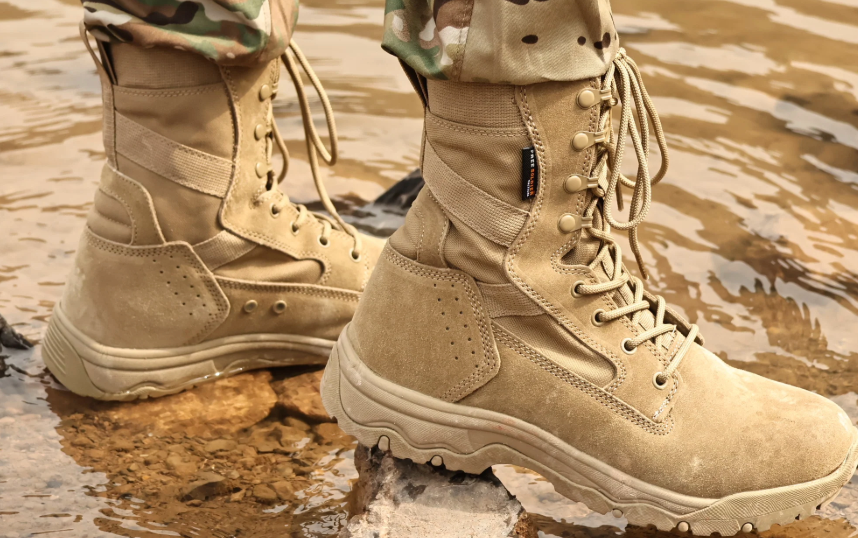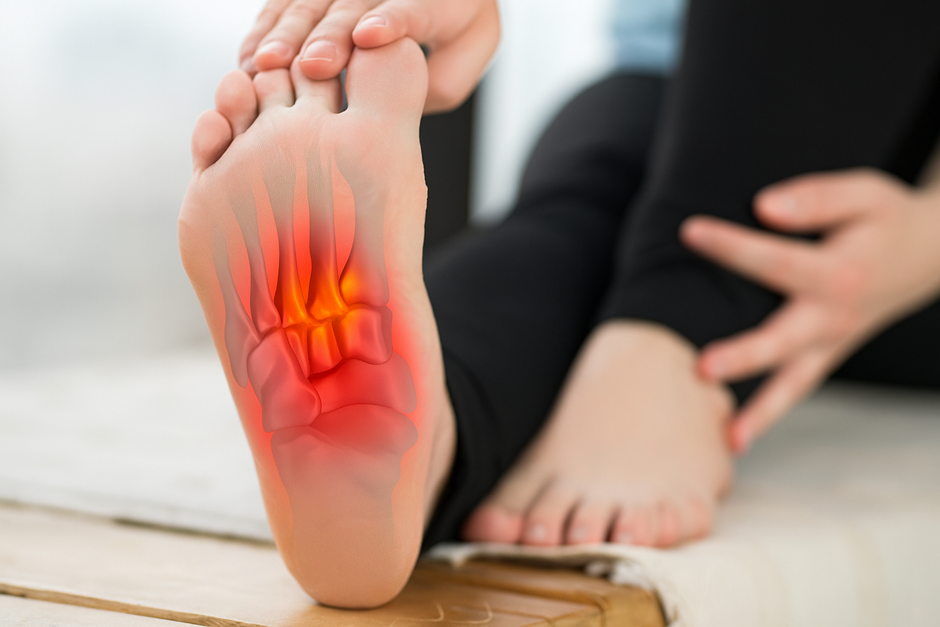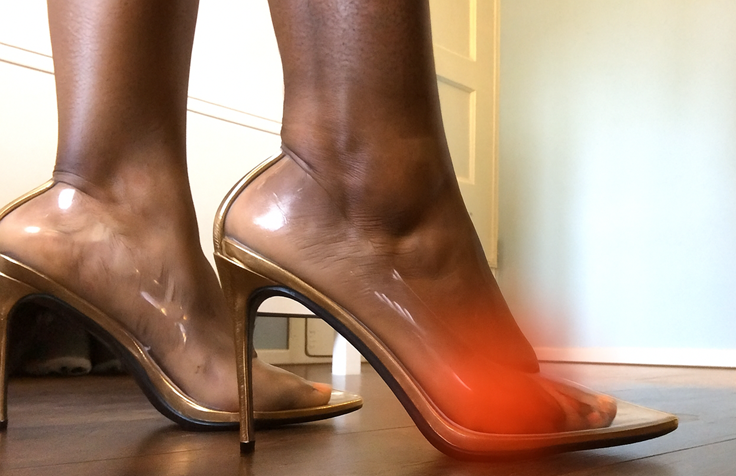Does Medicare Cover Orthotics
Medicare only covers orthotics, known as orthotic insoles, if you have a serious condition such as diabetes.
- Even with Diabetes, the orthotics will have to be made with a density not applicable to make necessary improvements to gait. As such, they are more akin to cushions rather than orthotics.
- If an agent tells you that your orthotics will be covered, they are likely confused as to what type of orthotics you are referring to. Every day custom orthotics, as defined above are coded as L3000 “Foot insert, removable, molded to patient model”. These are not covered by Medicare.
- AFO braces where the shoe is built into the leg brace are often covered, but this is a different device as compared to the orthotic inserts.
Does Medicare Part A cover orthotics?
Part A of medicare covers most inpatient services like hospital care or going to a nursing facility. The need for orthotics generally fall out of the scope for part A given orthotics are used in an outpatient setting.
However, you may be able to get orthotics covered by Medicare Part A if it’s deemed necessary as part of your inpatient care. For example, if you are in a skilled nursing facility and need orthotics, you may be able to get it covered in Part A.
Does Medicare Part B Cover Orthotics
Yes, Part B does cover orthotics as Medicare offers support for durable medical equipment (DME), which includes orthotics for very specific cases. The orthotics must be used to treat a medical condition like diabetes, and used in conjunction with specially made shoes.
For most people with common conditions like flat feet, plantar fasciitis, knee pain, back pain, bunions, heel spurs, etc… Orthotics are not going to be covered.
First you need to have Medicare Part B. Part B covers mostly outpatient doctor visits and preventative type care. The premium is based on your income, which is different from Medicare part A which is free for most people as long as you’ve worked over 10 years.
Cost for my orthotics under Medicare Part B
Paying for your orthotics is determined by the actual cost, before insurance. Under part B you will be responsible for a 20% co-insurance, on top of any amount until your deductible is met. Orthotics generally cost anywhere from $400-$800, so you can expect to pay $80-$160 out of pocket IF you have already met your deductible.
Requirements to get coverage.
Medical Necessity
Medicare Part B does have a clause mentioning that orthotics are covered as durable medical equipment, but only when the patient has a sufficiently serious condition to warrant them.
Said more acutely, a medical professional must attest that additional lower extremity devices like orthotics or custom shoes are a necessity to prevent and/or manage complications.
Provider participates in Medicare
The prescription must come from a medical professional who is enrolled as a medicare provider. Doctors must meet strict standards to cover their services under medicare. Please note that you may be forced to pay 100% of the cost of your orthotic if they don’t participate in Medicare.
ASK your provider if they A: participate in medicare, and B: accept assignment (they can not charge you anything beyond the co-insurance and part B) before you start your prescription. If not, you may not have a legal argument when your final bill arrives.
Prescription
Your provider must attest to the necessity of the orthotic device being necessary to treat and manage a specific condition. It is not enough to just say “I have heel pain”, there has to be a real condition.
If you do not have a properly diagnosed condition, Medicare will just point you to over the counter insoles/orthotics. While this isn’t the ideal outcome given orthotics are almost always covered in most of Europe, that is not the case in the USA.
Conditions Covered
Not all conditions are covered by Medicare. They need to be a true medical necessity and prescribed by a doctor who participates in Medicare.
1: Diabetics
Diabetes counts as a serious medical condition which is covered with orthotics. With diabetics often unable to feel their feet, it is incredibly dangerous to have pressure on certain points of the foot. This can lead to open lesions and potentially future amputation.
Diabetic orthotics are soft cover insoles which compress and do not offer the same level of control that normal functional orthotics do. They are defined as HCPCS code A5513 and have a base layer of 1/36 inch, with a shore A 35 on the durometer scale.
This is not terrible durable, which makes the orthotics not ideal for most conditions outside of diabetes where you need to correct the gate.
For reference, a pencil eraser has a shore A hardness of 40 so, and a tire tread has one of 70.
Additionally, you must have one of the following:
- Neuropathy
- History for Foot Ulcers
- A Foot deformity
- Poor circulation
- Partial/complete amputation
For most diabetics, you will qualify for the above. If you have any of the following, you should be seeing a medical professional every few months anyways to see if there has been any advancement in your condition. You might not be able to feel your feet, so you should have a professional check you out.
2: Arthritis
If you have extreme arthritis like rheumatoid arthritis, regular footwear can be extremely uncomfortable. It may become close to impossible to live a pain free life without intervention. Getting orthotics and custom shoes may be a great option if on Medicare.
3: Foot Deformities
Club Foot, Charcot foot, Drop foot, can all qualify as a condition that requires therapeutic footwear and insoles.
When Custom Orthotics are not covered:
Many times, patients call up Medicare and talk to a mis-informed receptionist who tells them the condition will be covered, only for it to be denied later on.
Flat Feet
Flat feet are generally not covered by Medicare. This is because off-the-shelf options, which are cheaper, can offer arch support. If you look at the Medicare Benefit Policy Manual, it states that “services or devices directed toward the care or correction of such conditions are not covered”. Why? Because orthotics are considered ‘supportive devices’, which unless accompanied by a condition like Diabetes, are not covered.
Plantar fasciitis
Like Flat Feet, orthotics are not going to be covered for plantar fasciitis patients. This is similarly because orthotics for Plantar Fasciitis are considered supportive devices that are not a true medical necessity.
Other conditions
If the condition is not explicitly mentioned above, they are not going to be covered by Medicare for orthotics.
Note: if you have been denied orthotics and are on Medicare, Stride Soles is the next best alternative. You’ll get a doctor prescribed orthotic for the same amount you’d be paying for a pair covered under medicare.
How much does Medicare cover for orthotics?
Under Part B you will get 80% of your orthotics covered AFTER your part B deductible has been paid for. You then need to pay the additional 20%. Be sure not to get more than the qualified amount of orthotics or insoles, as discussed below.
If you have Medigap or a Medicare Advantage, you may be able to have the additional costs covered, but that depends on your individual coverage.
As a note: Stride Soles makes orthotics for those suffering from diabetic conditions. Please contact us directly at team@stridesoles.com if you’d like to discuss your options.
How many orthotics does medicare cover?
In total, you can get
A: 3 pairs of custom orthotics made for custom-molded shoes each year OR
B: 3 pairs of custom orthotics made for extra depth shoes each year
So the main component you will need to decide is if you want to get ‘extra depth shoes’ or ‘custom molded shoes’.
As defined by medicare, an extra depth shoe must have 3/16th or more additional space versus a standard shoe. This way you can fit an insert in the shoe. It’s important to note that the shoe must also have a removable sole. If you aren’t shoe if the shoe you are looking at is approved as an extra depth shoe, please check directly with the manufacturer.
Custom molded shoes, on the other hand, must be made from rigid, or semi-rigid material to help maintain its shape and help with support. It must also be made from the cast of a foot, like the orthotic itself.
The decision whether to get custom molded shoes or extra depth shoes is one to be defined with your podiatrist, but generally extra depth should suffice unless you have extreme foot conditions such as drop foot, major leg length discrepancy, among others.
Where can I get my Medicare given Orthotics
You can’t get custom orthotics from just any individual. It must come from either a podiatrist, orthotist, prosthetist, pedorthist, another qualified individual. These medical professionals actually have to say you fit the case for orthotics given you individual conditions.
Conclusion
The insurance market for orthotics is not very straight forward. You may be told one thing by your provider or insurance agent, only to get that claim denied when you finally have the orthotic arrive. Many podiatrists will try to sell you orthotics by saying they will be covered, only to know that in fact they have little to no chance of being covered. If this has happened to you, we sympathize with your position. As founder of Stride, being charged $1000 after being told my orthotic would be covered by insurance was one of the reasons I started this company.
Orthotics are common medical devices used to treat foot ankle conditions such as flat feet, plantar fasciitis, overpronation, underpronation, and many others. They function by correcting issues in one’s gait or foot shape.
For example, if you have no arch in your foot (pez planus), orthotics can provide additional arch support that is normally present if you have a normal arch. On the other hand, if you have high arches, an orthotic may provide extra cushioning on the heel and ball of the foot where all the pressure is concentrated.
In the following article we will explore if orthotics are covered by medicare, what type of orthotics are covered, and how much you might still be expected to pay. Let’s dive in…
Types of Orthotics
The first step to understand if medicare covers orthotics is to define what type of orthotic you have and for what reason you need orthotics.
Over the shelf insoles (orthotics)
These are insoles that are bought at general convenience stores, grocery stores, and drug stores. Think Dr. Scholl’s. While some of these orthotics are advertised for a specific condition, generally they are just an extra cushion for your shoe with a bit of arch support. However, usually the arch support is not strong enough to withstand use for over a few months.
Semi-custom Orthotics
Semi-custom orthotics are those where a brand makes a number of different models for different types of feet. For example, Superfeet makes orthotics which have different arch heights. These are great options if you already know your arch height, but without that info it can be quite difficult to self-diagnose. Additionally, they are more one-size-fits all in terms of metatarsal bar, heel cup, etc… so they try to fit the average person, which can be successful to that average person. Once people start deviating off the mean, the orthotics become less effective.
Fully custom orthotics
Fully custom orthotics are those which are generally prescribed by a doctor. To be a good custom orthotic, they should be made from a mold of your foot. The mold can be taken either by older plaster mold method, or a 3D digital, scan, but either way the base orthotic is made from your foot.
Next the doctor should put in prescription modifications based on your needs. For example, if you are over-pronating, your doctor may ask to put in a very rigid heel cup to prevent the ankle from moving too much.
A doctor may also put in a wedge in a various part of the orthotic to correct for an issue in your foot or gait. Because our gait is a complicated series of events, a full body analysis should be performed to make sure the best prescription is being made




